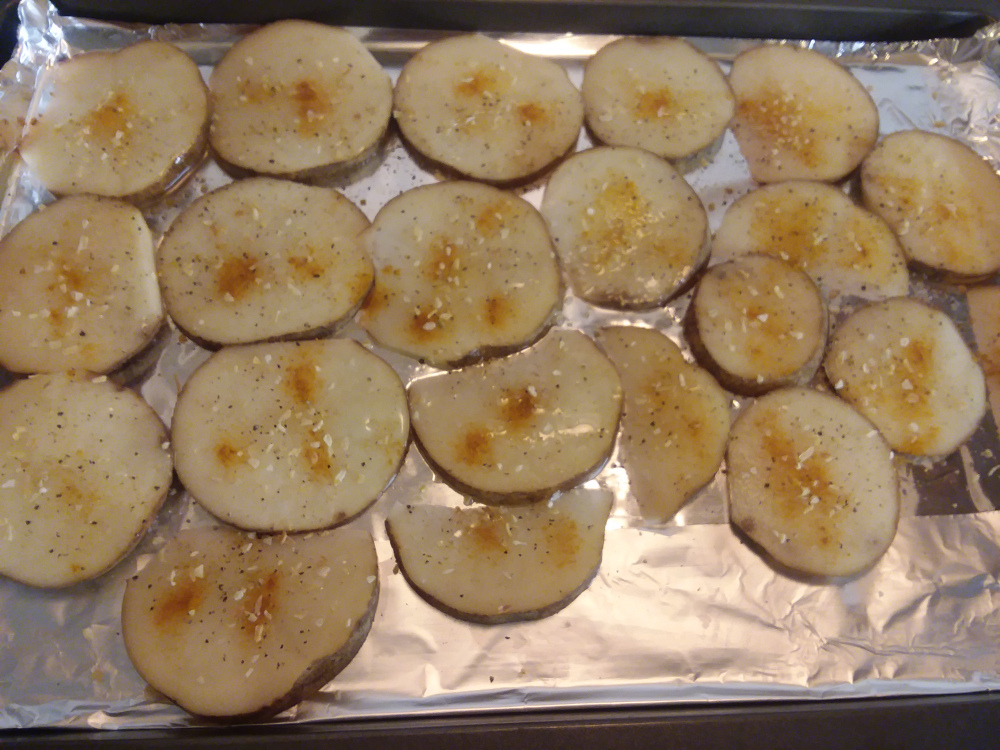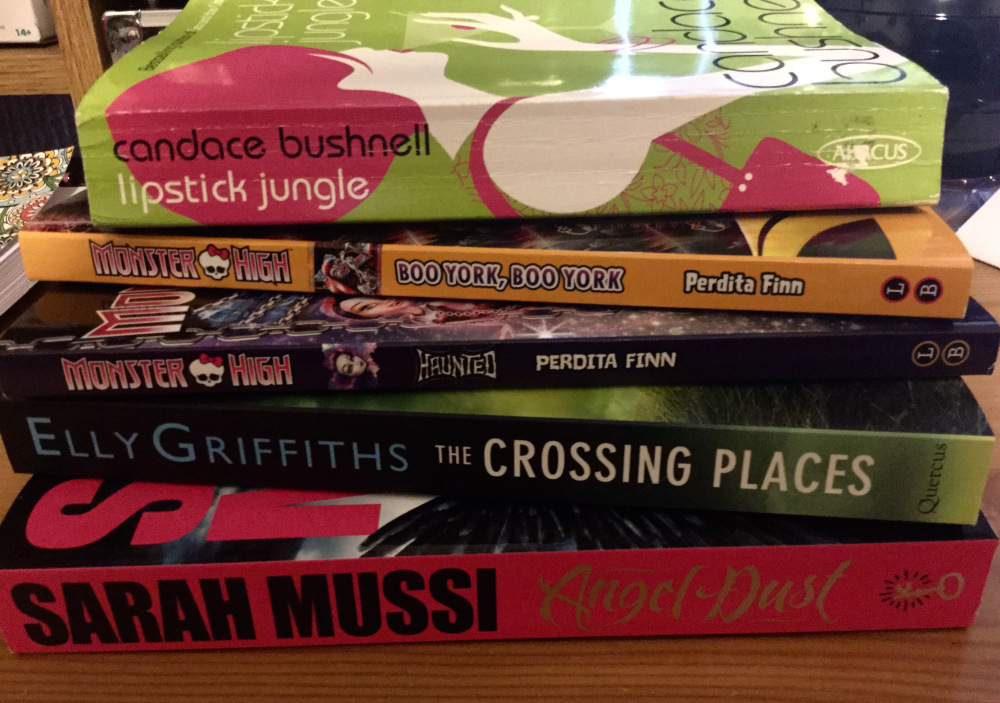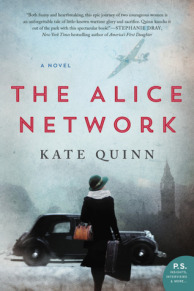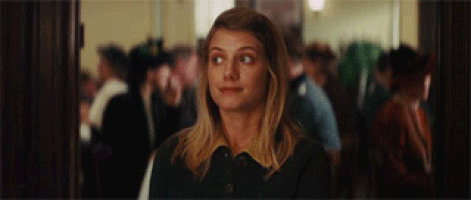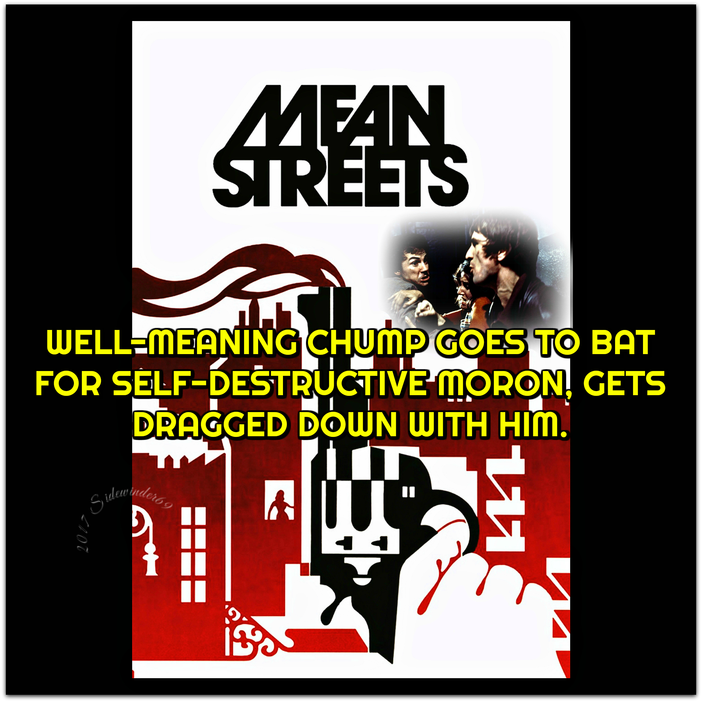Download links for: Y de Pronto Es Primavera


Reviews (see all)
Write review
After winter, boy want to make brown land become green, so he and his dog dug, seeded, and waiting them grow up. The boy worry about some things may hurt his seed, but at the end, green cover the land. Most children have some thing they want to try as same as the boy, but not every child have same bravery with this boy. The boy also have some fear and worry, but he try to do it and success finally. We can use this story to encourage children to try new things and tell them they will get benefits from their trying. Let children write what they want to try, and give them a period of time to try it. Then, children can report their experiences and achievements.
This is a hopeful story of Spring with full-bleed wood block and pencil illustrations and cutout vignettes. I love the simplicity of the boy and dog looking down after planting the seed, and then up to the sky in hopeful search of rain clouds. It is poignant, and has a good message of care and patience. The characters, animal and boy, are not overdone. This would be great for prediction skills, and making inferences. Include this book in a Spring or planting unit. Wouldn't it be great if every student had something planted and had to wait, just like the boy in the story!
Charming. And I love the little details, like the turtle wearing a teeny hat.
Another one of my favorite kids' books I've read with my children this year.
Lovely illustrations. Quiet story.
Other books by Poetry
Other books by Julie Fogliano
Related articles


